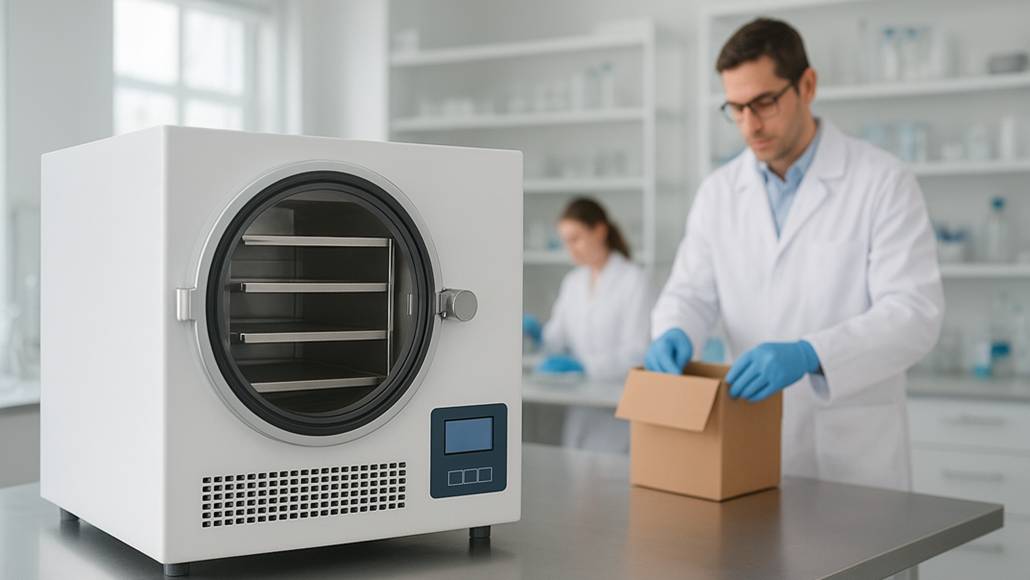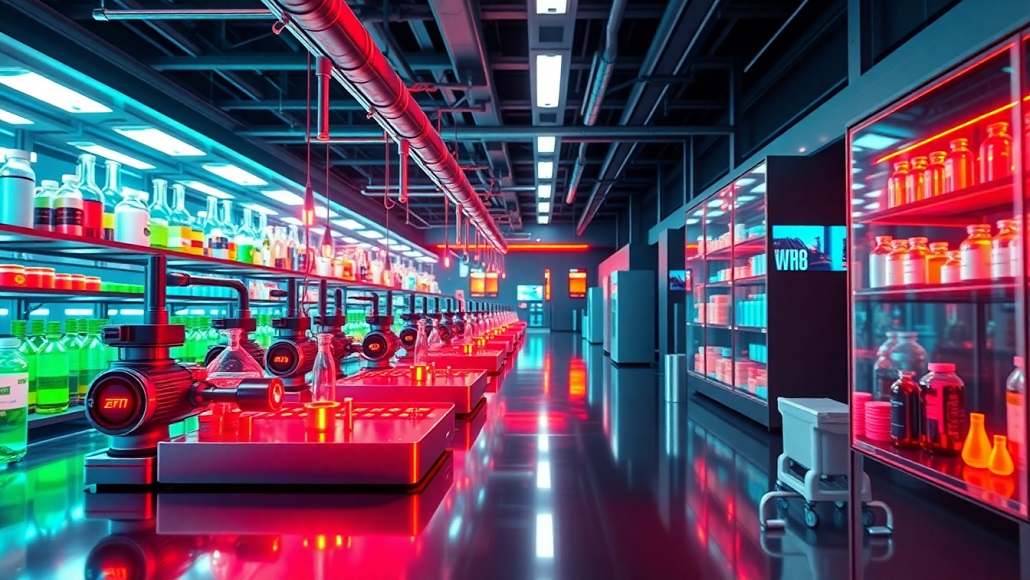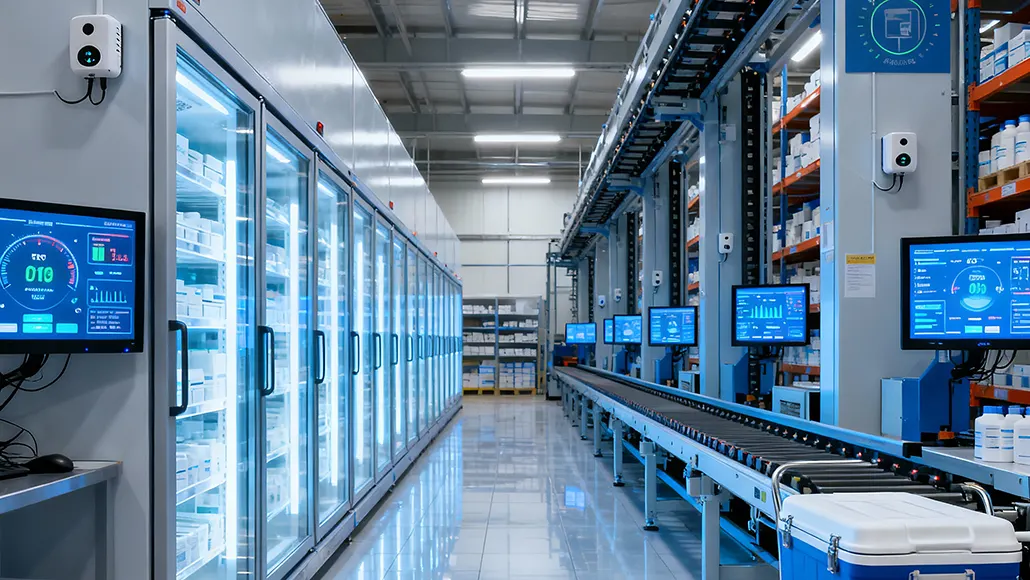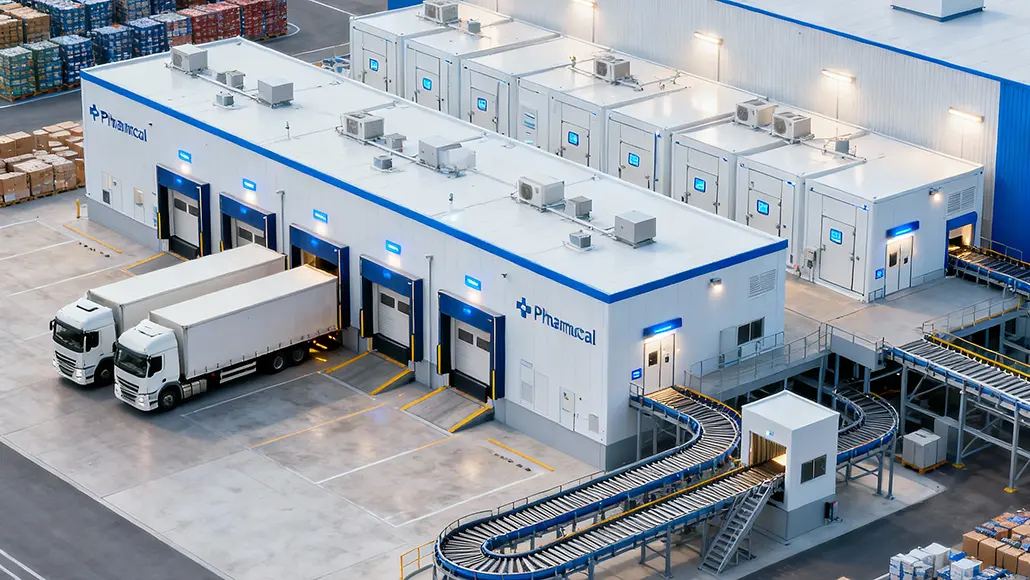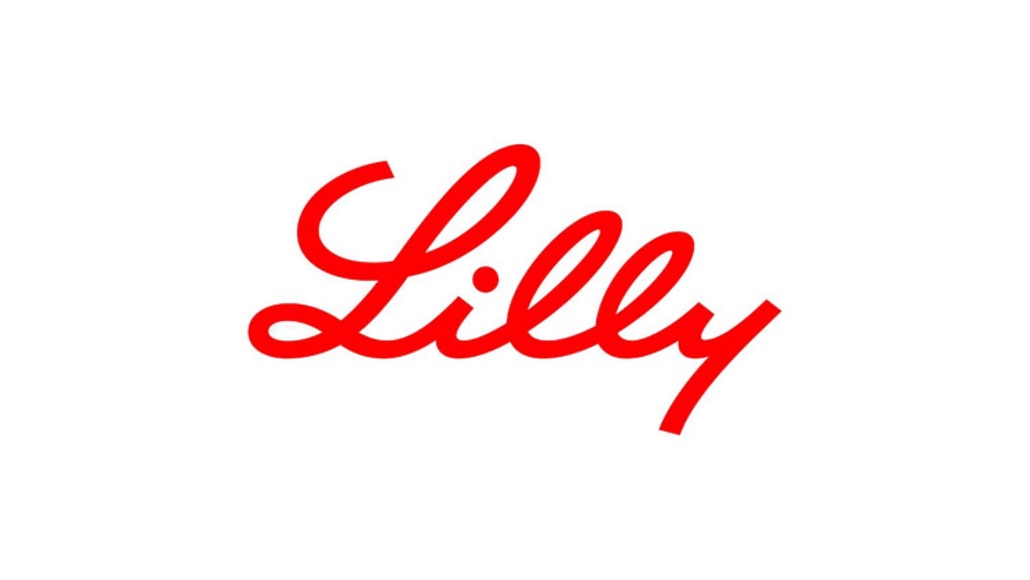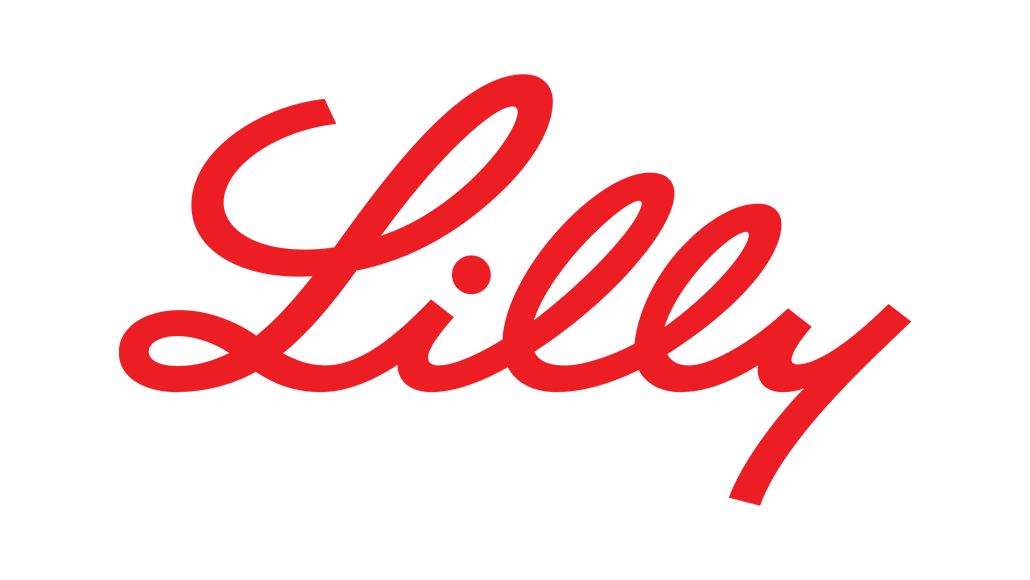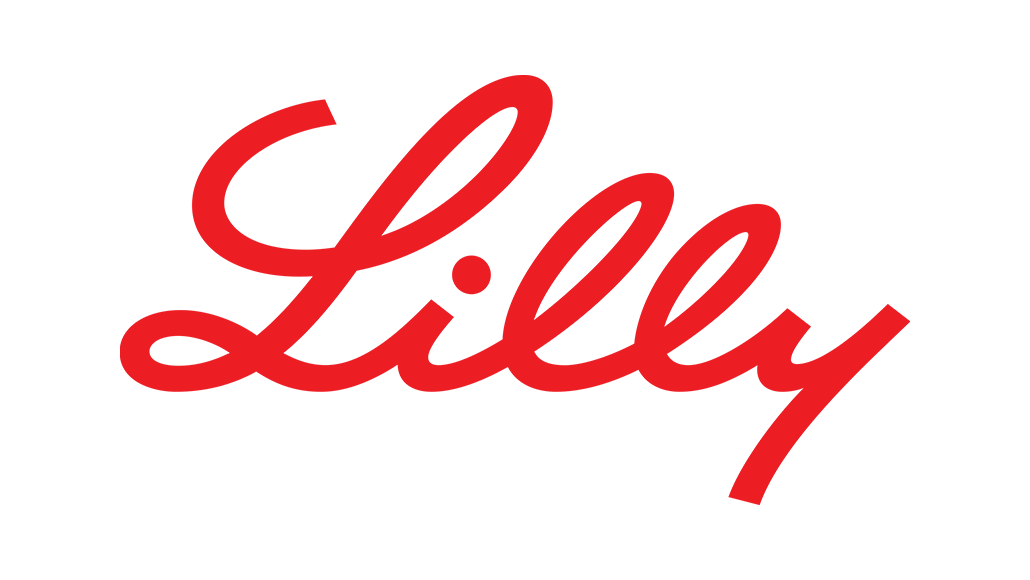Pharmaceutical tariffs between the European Union and the United States will now be limited at 15% under the terms of the latest trade agreement, providing relief for an industry that had faced the possibility of sharp increases.
Earlier, US President Donald Trump had indicated that pharmaceuticals would not be covered by the preliminary framework agreed upon with the European Commission, a move that would have exposed European drugmakers to pharmaceutical tariff levels as high as 200% or even 250%. This move was in alignment with the president’s goal to increase domestic production of pharmaceuticals. “We want pharmaceuticals made in our country,” President Trump told CNBC.
Details released confirmed that pharmaceuticals will be included under the tariff structure, aligning with most other sectors and ensuring a ceiling of 15%. This development reduces the risk of disruptive cost pressures on companies that supply the US market.
Ireland, one of the EU’s leading pharmaceutical exporters, had been particularly vulnerable to the proposed higher tariffs. Welcoming the outcome, Ireland’s Deputy Prime Minister and Foreign Minister Simon Harris said, “This provides an important shield to Irish exporters that could have been subject to much larger tariffs,”
EU Commission President Ursula von der Leyen stressed that the agreement adds predictability for businesses and consumers, describing it as a step toward greater stability in one of the world’s most significant trading partnerships.
The decision also safeguards the position of major European drugmakers with strong ties to the US market, including Denmark-based Novo Nordisk, the manufacturer of Ozempic.
For the industry, 15% rate represents a crucial safeguard, ensuring that essential supply chains remain steady while broader negotiations between the EU and the US continue.



